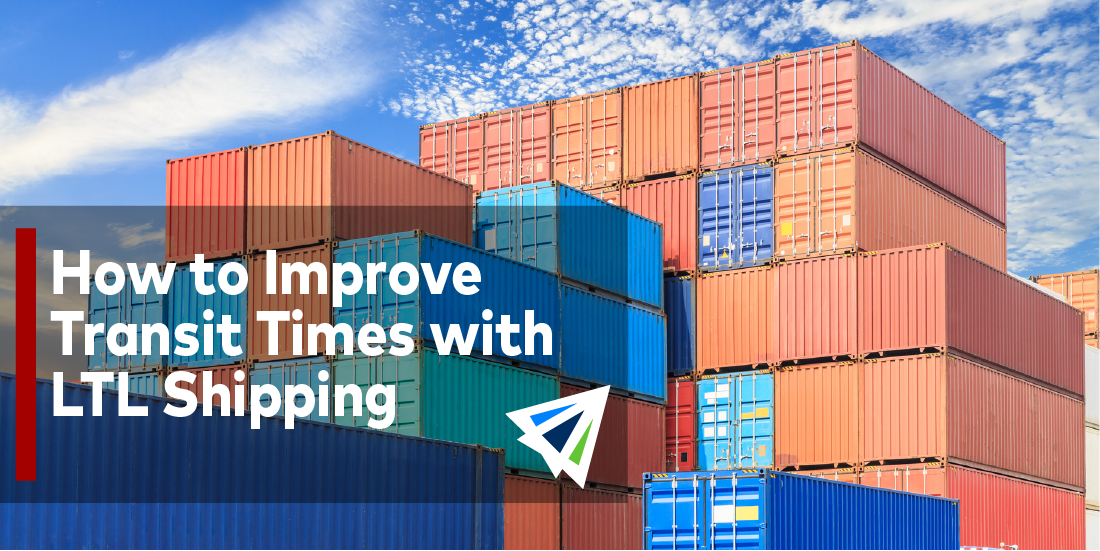Oh if only there was a way to make LTL as fast as truckload shipping, the transportation industry would be a better place, right? Anyone who’s worked in domestic shipping for any amount of time knows that while there are plenty of benefits to LTL shipping, it definitely has a whole slew of cons.
For example, LTL shipping is known to be especially prone to cargo damage as a result of the high level of handling by various parties. Unlike FTL shipping where cargo is quickly shipped by one (or very few) carrier(s) from origin to destination, LTL cargo is sort of juggled between several carriers for it’s entire journey.
With the above facts in mind, it’s obvious why LTL shipping is considered to be a slower mode of shipping. All the switching of hands, deconsolidation and reconsolidation of cargo can cause transit times to multiply quickly. If you’re looking to improve the transit times with LTL shipping, here are a few things you can try:
Ensure Cargo Details are Accurate
You wouldn’t believe the number of times we’ve seen cargo delays and shipment cancellations as a result of shipper negligence to ensure their cargo details are correct. It is so astronomically important that details of what you are shipping and where you’re shipping to are accurately listed.
The thing about LTL shipments is that carriers use the provided information from shippers to carefully plan their trips. They are factoring in both the maximum volume as well as the maximum weight of the trailer, and in some instances the order in which cargo needs to be loaded. If details regarding the exact size or weight of your shipment, or even the type of goods being shipped (liquid, hazardous, electronics, etc.) are off, you may end up having your delivery cancelled or held until it can be correctly consolidated in the right trailer.
Stay Up to Date on Industry News
Staying current with industry news isn’t just a leisure activity for nerds who just love the freight industry. Being informed on what is going on in the world as it relates to logistics – both globally and domestically – is super important for understanding how your cargo should be handled.
Staying up to date on industry news will help you better understand market conditions including blocked roads, weather conditions, carrier strikes, major economic events, and port congestion which can all be major factors in changing the routing or handling of your LTL shipments. You need to be in the know on what’s going on.
Find a freight forwarder who is incredibly knowledgeable about both the LTL industry as a whole as well as general market conditions and industry news. Staying informed and working with a freight forwarder who is informed on industry news helps to clear blind spots and keep you from making avoidable mistakes.
Plan For Longer Transit Times
This isn’t necessarily a point on how to improve transit times as much as it is to help manage your expectations and planning phase.
LTL is so unpredictable, and especially with the market these days (high demand, overbooked carriers, high rates, congestions, etc.), it’s smart to plan extra time in the transit process. Expect to add anywhere from 1-3 extra days to your carriers expected LTL transit times. It will help you to prepare earlier and keep your customer from experiencing frustration when things don’t arrive exactly when expected.
Where to Go from Here
LTL is a difficult mode of shipping to deal with – there’s more moving parts than full truckload and capacity is often tight. If you and your team are struggling to find answers on how to improve transit times with LTL shipping, or are just looking for a few tips on how you can better manage the process, please don’t hesitate to reach out to one of our team members! We’d love to help answer any questions we can.
